Think teaching an old dog to love a crate is impossible? Think again! Learning how to crate train an older dog becomes oh-so-easy with the right mindset and approach. We're talking patience, positivity, and a few tasty treats.
Whether you're helping a senior pup find a safe haven or simply introducing an adult dog to a comfortable new retreat, this guide has you covered. We've got crate training tips that'll turn every session into a fun, rewarding time for both of you. Get ready for some bonding and maybe even a few wagging tails!
Understanding the Benefits of Crate Training for Older Dogs

Crate training gives our older canine friends a safe and comfy space to relax and unwind. It's like a personal retreat where they can escape the hustle and bustle of the day, especially when they're feeling anxious or nervous. And when you're out of the house? Crates help keep your pup safe and out of mischief.
With the right approach to crate training, your furry friend will start seeing their crate as a cozy den, creating positive experiences that make them feel secure and calm. It's a win-win for you and your bestie!
Choosing the Right Crate for an Older Dog
When picking a new crate for your older pooch, size, comfort, and easy access are key factors. Too small? Your dog will feel squished. Too big? It won't feel like a homey nook.
Go for a crate that's sturdy, comfy, and easy for your pup to get in and out of. Add a soft, comfortable dog bed and tuck it into a quiet, safe spot. This will help your pup feel totally at ease. Choose the right crate, and you'll have a happy companion who loves their peaceful, personal space.
Types of Crates Suitable for Older Dogs
There are a few different styles of crates that can serve our older furry friends. Each type offers something unique:
- Plastic. Sturdy and snug, these crates give your dog a private, den-like space. Perfect for pups who like a little solitude.
- Wire. Wire crates offer plenty of ventilation and a clear view of the world around them. They are easy to clean and great for dogs who like to keep an eye on things.
- Soft-Sided. Lightweight and portable, these are best for well-trained pups who don't need too much containment.
- Furniture-Style. If you want to combine style and function, these crates double as home decor while giving your pooch a safe and stylish space.
Crate Size and Comfort for Senior Dogs
Size and comfort are the top priorities when crate training a senior dog. Too small, and your pup will feel cramped. Too big, and it won't feel like a secure hideout. Finding that perfect size can help your canine companion feel protected and relaxed.
Add a plush bed or cushion to the crate for extra comfort. It'll help ease joint discomfort and give your senior dog a comfy place to rest. Their crate should be a serene space where they can unwind and feel totally at ease.
How To Introduce an Older Dog to a Crate

Introducing an older dog to a crate? It's all about patience and positivity! Use these tips to help your furry friend feel comfy and confident in their new space:
-
Start Slowly. Leave the crate door open and let your dog explore at their own pace. No need to rush!
-
Use Treats and Toys. Pop a few treats or toys inside to make the crate extra inviting. It'll encourage your pup to check it out.
-
Positive Association. When your pet enters the crate, give them lots of praise. It helps build a positive connection.
-
Short Sessions. Start with short sessions—just a few seconds or minutes—before gradually extending the time they spend inside.
Making the Crate a Comfortable and Safe Space
Make the crate a comfortable and safe "room" your dog will love spending time in. Start by adding a soft bed or blanket that cushions their joints and keeps them warm. This turns the crate into a relaxing spot they'll actually enjoy.
Add their favorite toys or a treat to keep them entertained. Place the crate in a quiet spot in your home to create the perfect environment for some much-needed R&R. The more inviting you make the crate, the easier it will be for your pup to feel safe and secure inside.
Using Positive Reinforcement for Older Dogs
Positive reinforcement is the secret sauce to successful crate training—or any dog training, for that matter. Reward your pet for good behavior to make the crate their happy place. Every time they step inside, give them a treat or praise them. The more you reward, the more they'll associate the crate with good stuff.
You can also add their favorite toys or feed them meals inside the crate to boost those good vibes. The goal is to build positive association, so your pet feels excited and comfy about crate time. They'll eventually be trotting right into their "room," tail wagging!
Related Post: How To Crate Train A Puppy
How To Promote Calmness for Older Dogs While Crate Training
Setting the right mood can help your older pup stay zen during crate training sessions. If they start to freak out, try these tips:
- Keep Sessions Short. Start with short sessions, then slowly increase the time. This way, your dog won't feel overwhelmed.
- Create a Quiet Environment. Place the crate in a peaceful part of your home, away from loud noises and distractions. A relaxed setting helps your pup settle down.
- Try Calming Toys and Aids. Toss in some toys to keep them engaged, or use calming aids to help soothe their nerves. You've got plenty of options!
- Stay Positive. Keep things upbeat with praise and treats. Positive reinforcement makes crate time something your dog will look forward to.
Establishing a Relaxing Environment
To help your older dog settle in their crate, start by creating the right vibe. Choose a quiet corner of your home where your pup can rest peacefully, away from all the chaos. This turns crate time into a serene retreat.
Add soft bedding or a cozy blanket to make their "room" extra inviting. Dim the lights and keep things chill. This creates the perfect atmosphere for your dog to feel safe, relaxed, and right at home in their little haven.
Calming Aids and Techniques for Older Dogs
Good news, pet parents: Calming your older dog during crate training just got a whole lot easier! Sometimes, our senior pups need a little extra TLC, and that's where calming aids come in. HolistaPet has premium products to help your dog stay cool, calm, and collected through the process:
-
CBD Calming Chews. These delicious broad-spectrum CBD (cannabidiol) chews from HolistaPet may help soothe worried pups and promote some well-deserved relaxation.
-
CBD Dog Treats for Anxiety. Perfect for helping ease anxious behaviors, these treats can help your pooch stay cool during crate time.
-
CBD Oil for Dogs. Just a few drops in your dog's food or mouth can help bring on the zen and comfort they need.
-
CBD Capsules for Dogs. For a clean and simple method, CBD capsules offer a simple way to help your dog feel relaxed and at ease.
-
Melatonin for Dogs. These melatonin chews are a natural sleep aid, perfect for promoting relaxation and restful sleep, especially at night.
Tips To Deal With Separation Anxiety While Crate Training
It can be tricky whenever your dog whines or acts up during separation. But with a few helpful tips, they can feel more secure and comfortable in no time:
- Start Slowly. Don't rush it! Gradually increase the time your dog spends alone in the crate. This helps them adjust without freaking out.
- Use Calming Aids. Products like our soothing CBD hard treats and soft chews can help soothe your pup's nerves.
- Keep the Crate a Positive Space. Fill it with good stuff—treats, praise, and comfy bedding—so your dog learns that their crate is the place to be.
- Stay Consistent. Dogs love routine. Stick to a schedule, and your pet will start feeling more secure about their crate time.
- Consult a Professional. If anxiety is still a problem, get a pro involved. A veterinary behaviorist or certified trainer can help your pooch feel more at ease.
Related Post: Caring for a Senior Dog: Health, Nutrition, and More
Crate Training Schedule for Older Dogs
A solid training schedule is key to helping your older pooch feel comfy and secure in their crate. Start by picking set times for crate sessions, like during meals or when you're heading out for short periods. A routine will help your pup adjust and feel more relaxed.
Start with short sessions and slowly increase the time as your dog gets more used to it. And don't forget breaks! Potty time and play sessions will keep your dog from feeling cooped up for too long. It's all about balance.
Common Challenges in Crate Training Older Dogs and How To Overcome Them
Crate training older dogs can be tricky, but don't sweat it! Here's how to tackle some common challenges:
- Refusing to Enter the Crate. If your dog's not feeling the crate, use tasty treats or their favorite toys to lure them inside. Make it fun and rewarding!
- Whining or Barking. If your dog starts whining or barking, it might be the stress talking. Stay calm and ignore the noise. When they're quiet, reward them. This teaches them that silence = rewards.
- Chewing or Scratching. Keep plenty of chew toys in the crate to keep your dog busy and prevent destructive behaviors.
And there you have it! With the right tools, a little patience, and some tasty rewards, your furry buddy will happily trot into their crate any time of the day. Remember, every dog is different, but with consistency and love, your canine bestie will soon see their crate as their personal chill zone. Happy training!



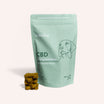

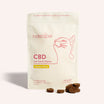
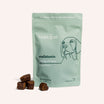
![Probiotics For Dogs [Soft Chews] - HolistaPet](http://www.holistapet.com/cdn/shop/files/Probiotic-Infographic-1_472d7a29-e30c-435a-9638-1365d8c3a9f9.jpg?v=1725384841&width=104)
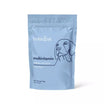


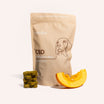
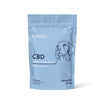



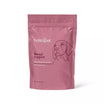
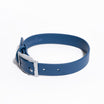
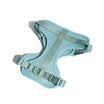
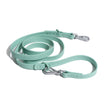
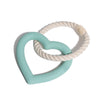
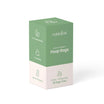
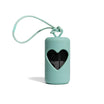


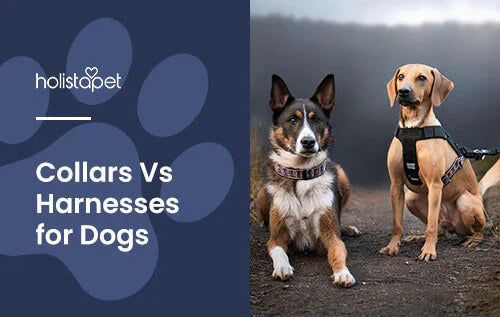

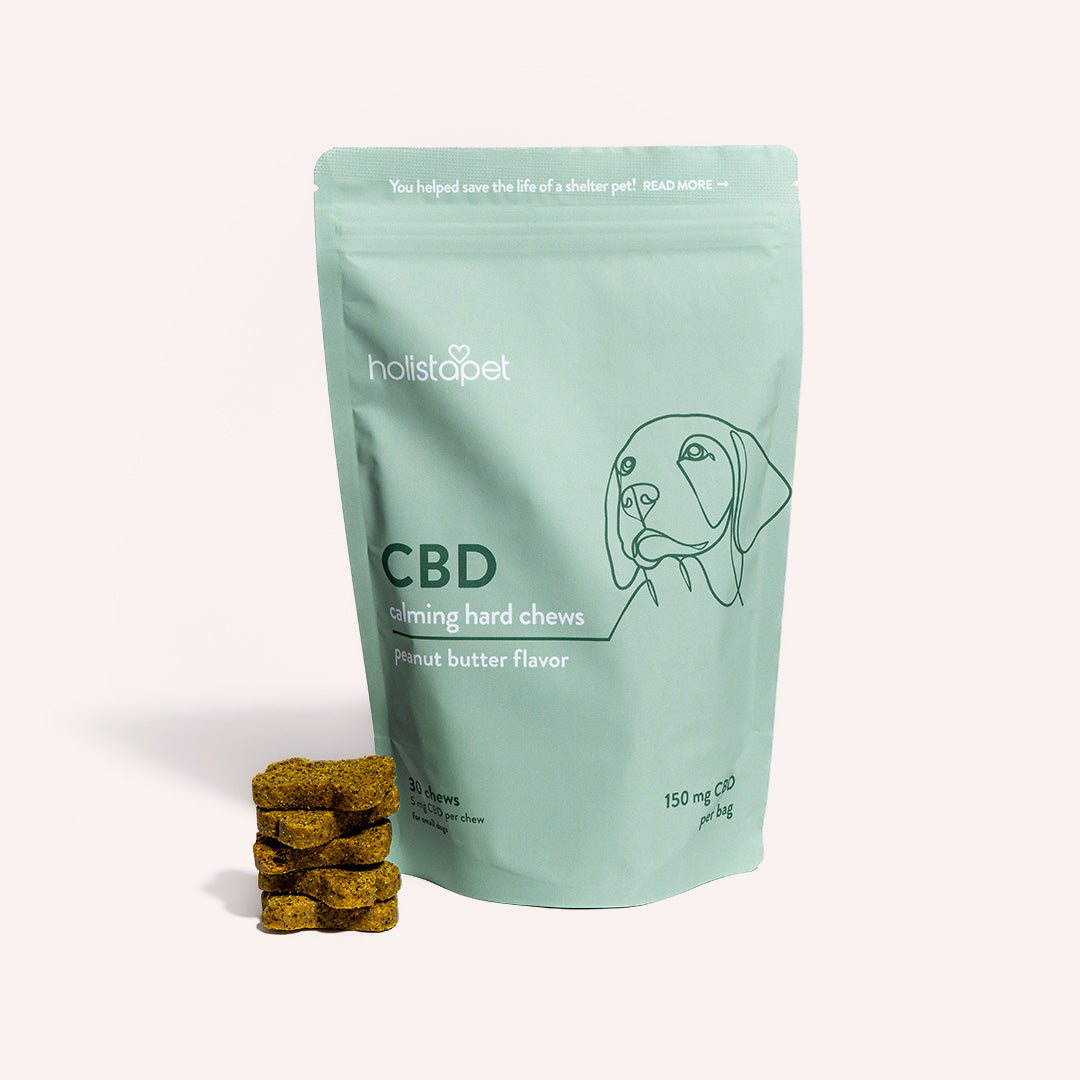

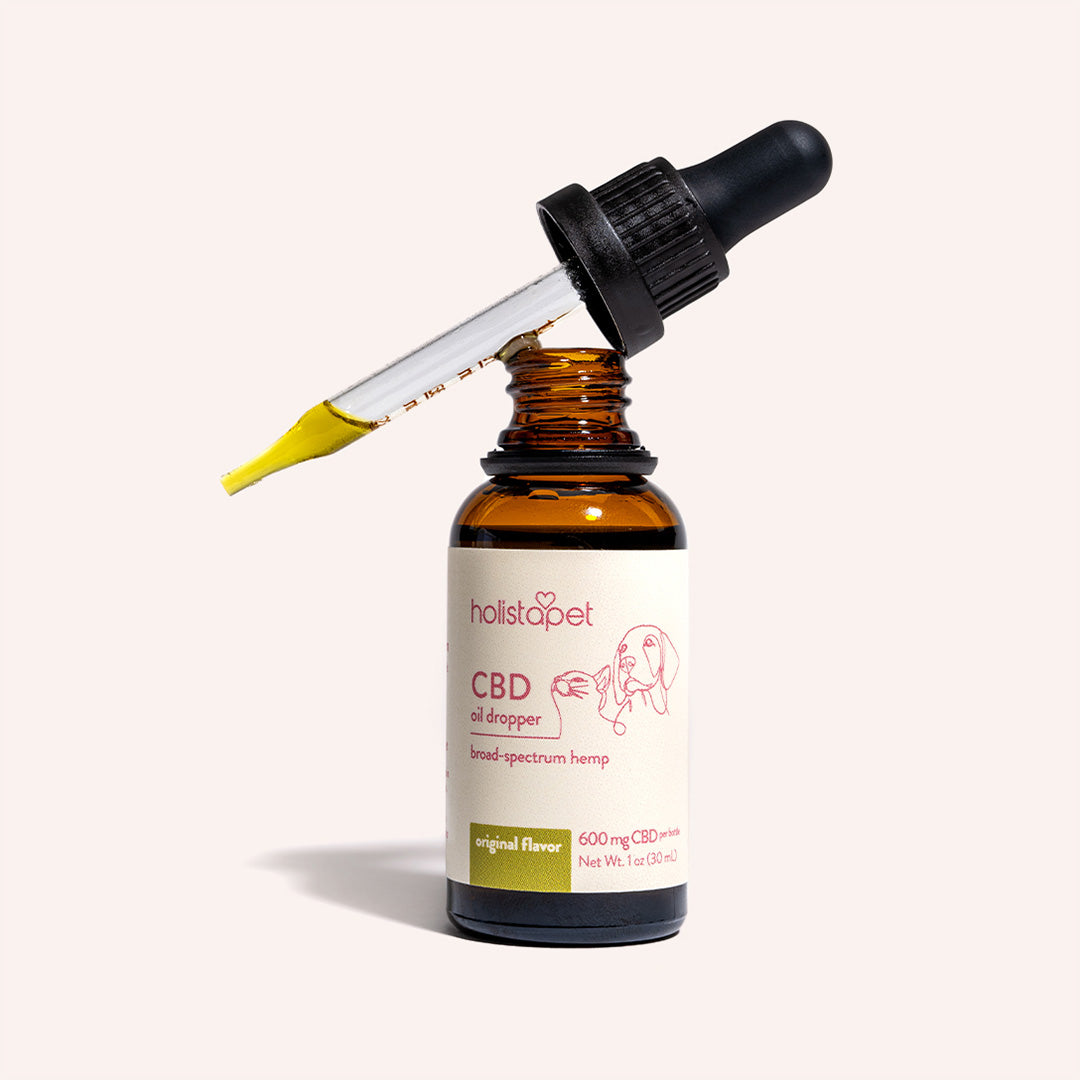
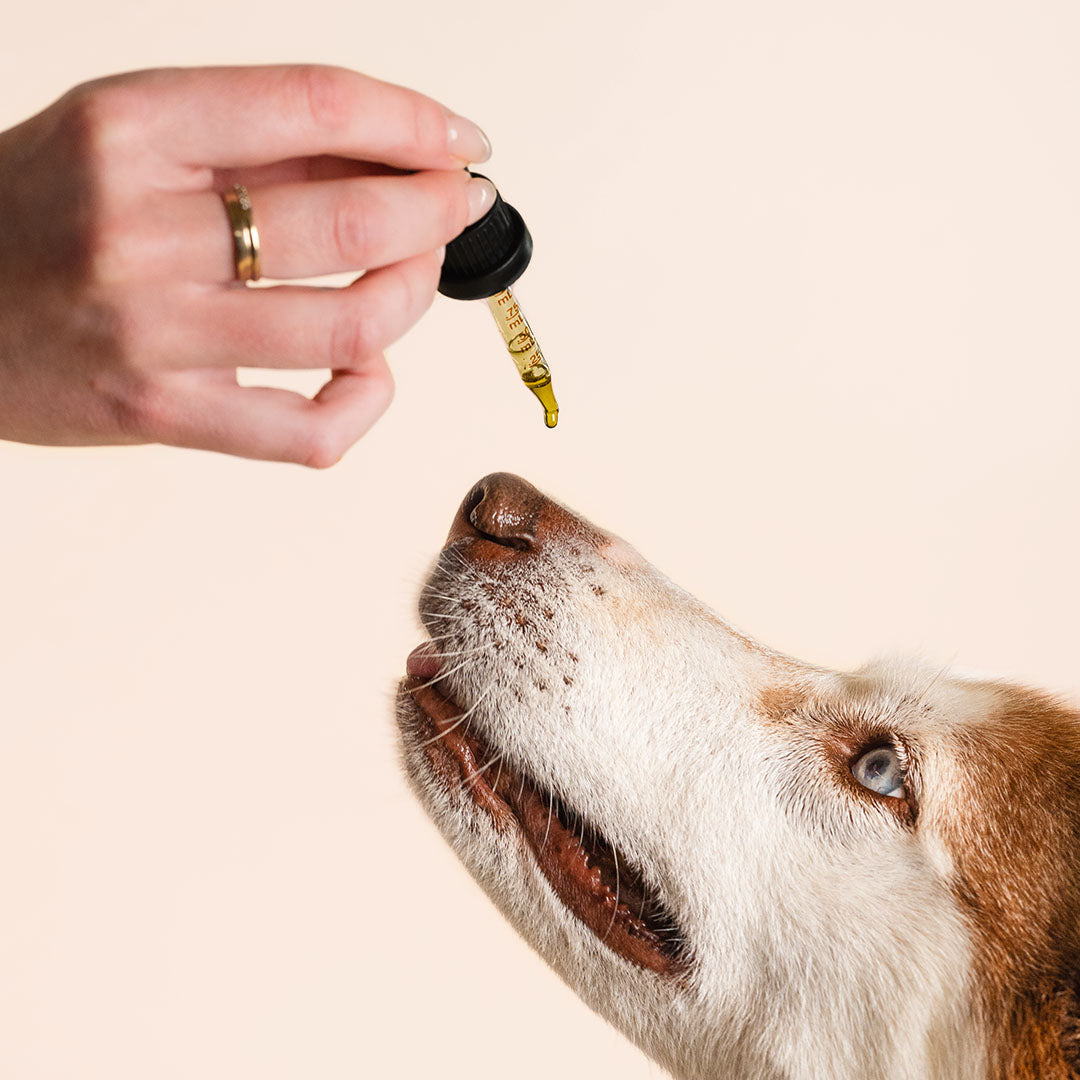

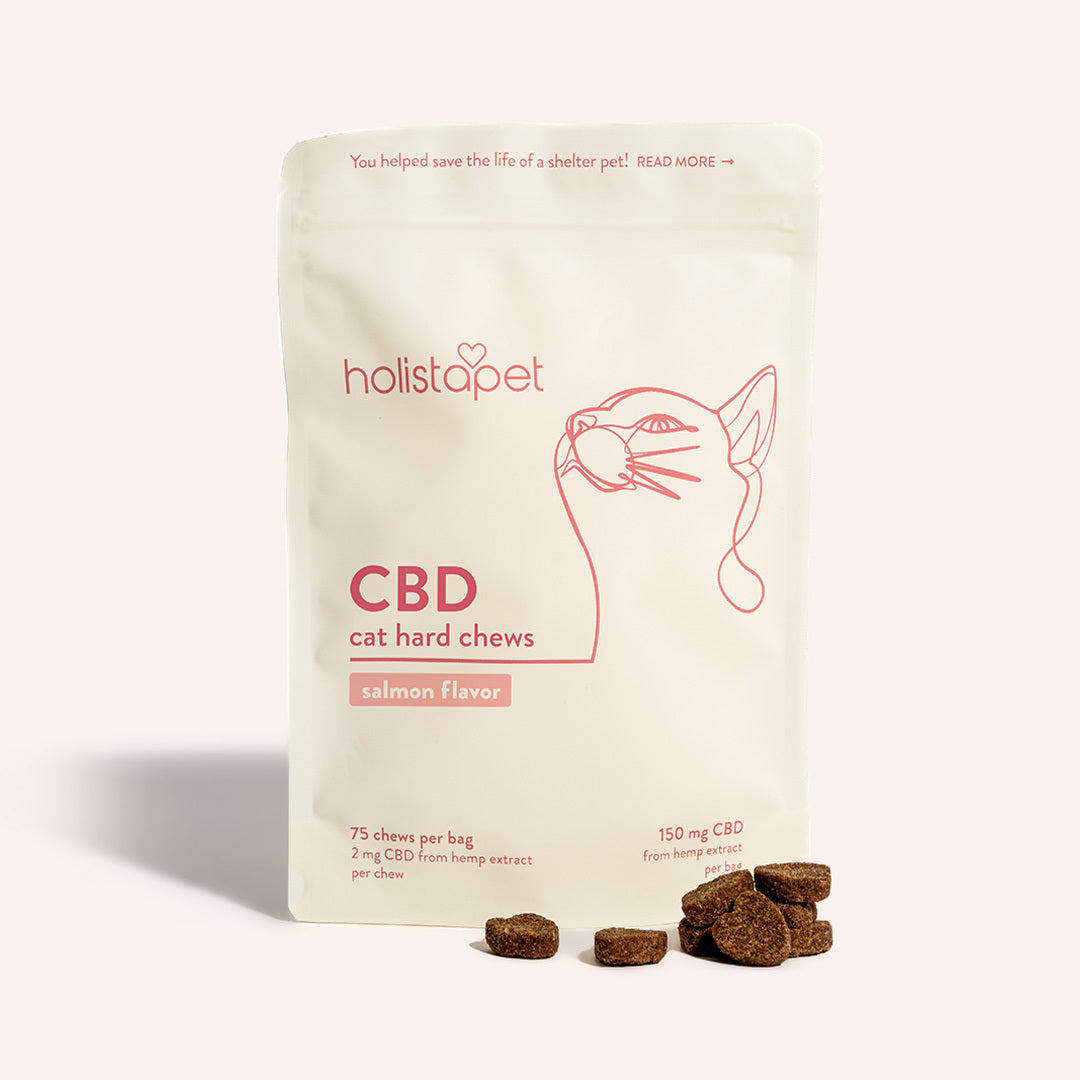
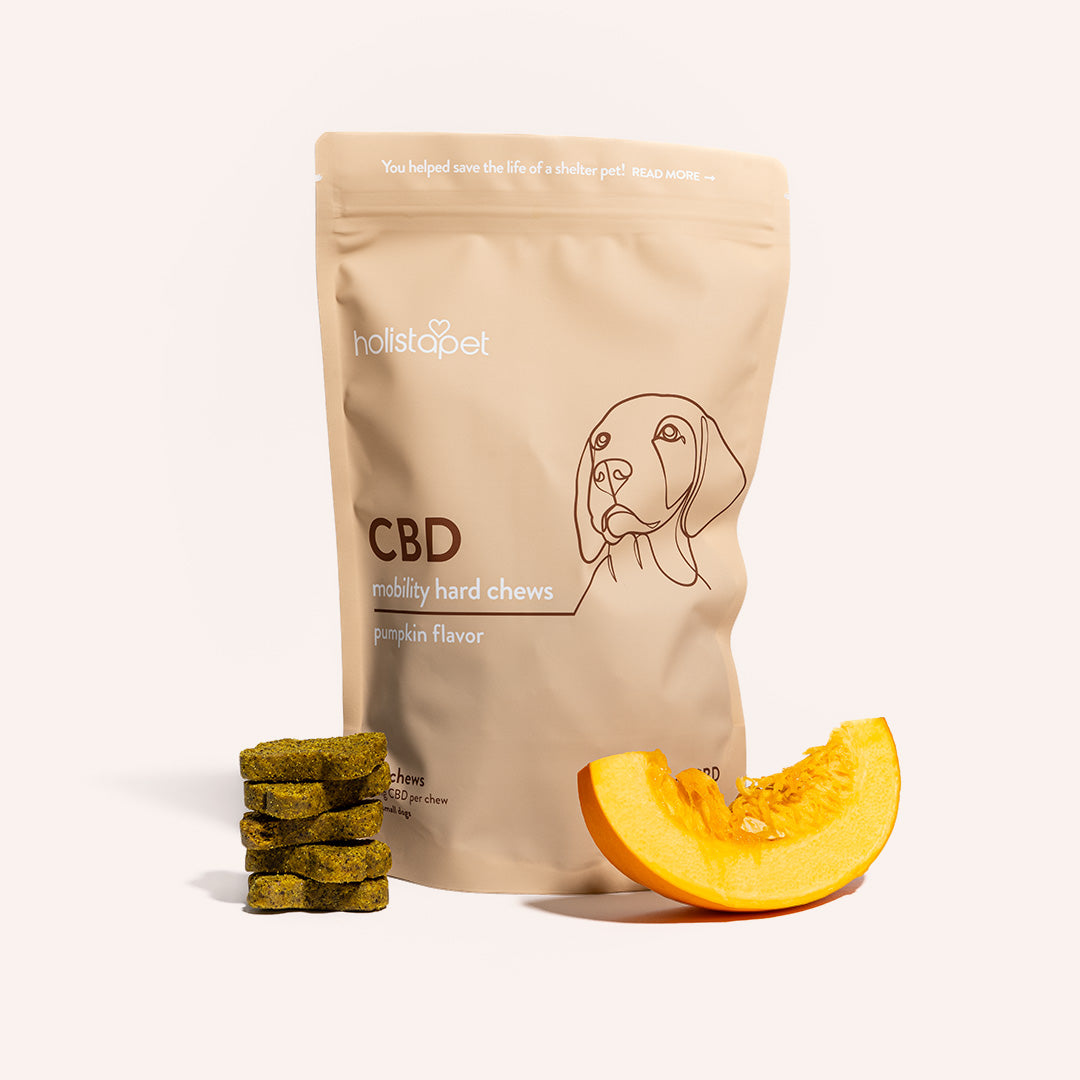


Leave a comment
All comments are moderated before being published.
This site is protected by hCaptcha and the hCaptcha Privacy Policy and Terms of Service apply.